Bjarne Melgaard on introspection, Instagram and escaping the New York art scene
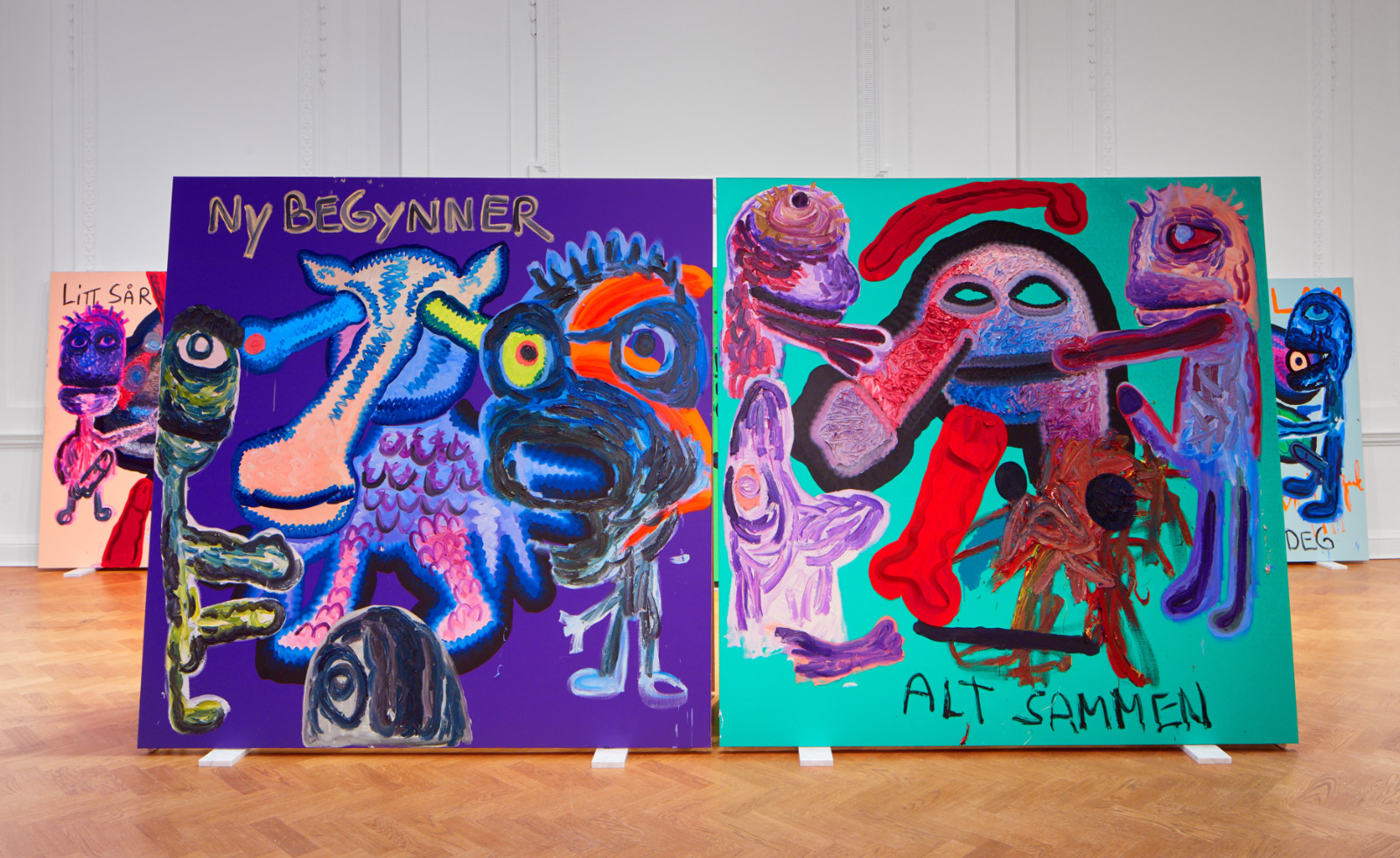
No stranger to controversy, Bjarne Melgaard has ‘no clue’ how London audiences will react to his latest exhibition at Thaddaeus Ropac – and he’s both ‘excited and nervous’ about it.
‘Of course I care about the reception to the work – particularly because these 14 paintings are some of my most introspective yet,’ he says. ‘The works are about personal archetypes. Oh, and the embrace of male sexuality, of course.’ That much assaults the senses on entering the gallery. Covered in phallic references, and scrawlings akin to poetry, the works feel like a glorious, homoerotic outcry.
If that wasn’t enough, they also comment, philosophically, quietly, ‘on the passing of time’. He first started painting the large, 80 x 180 cm canvases while in New York a year ago. He had lived there for a decade, and had become disillusioned with what he calls an ‘inward-looking, self-reflective art scene’. It was time to see ‘what else was out there’, so he moved back home to Oslo, where the scene is ‘smaller, quieter and less tiring’.
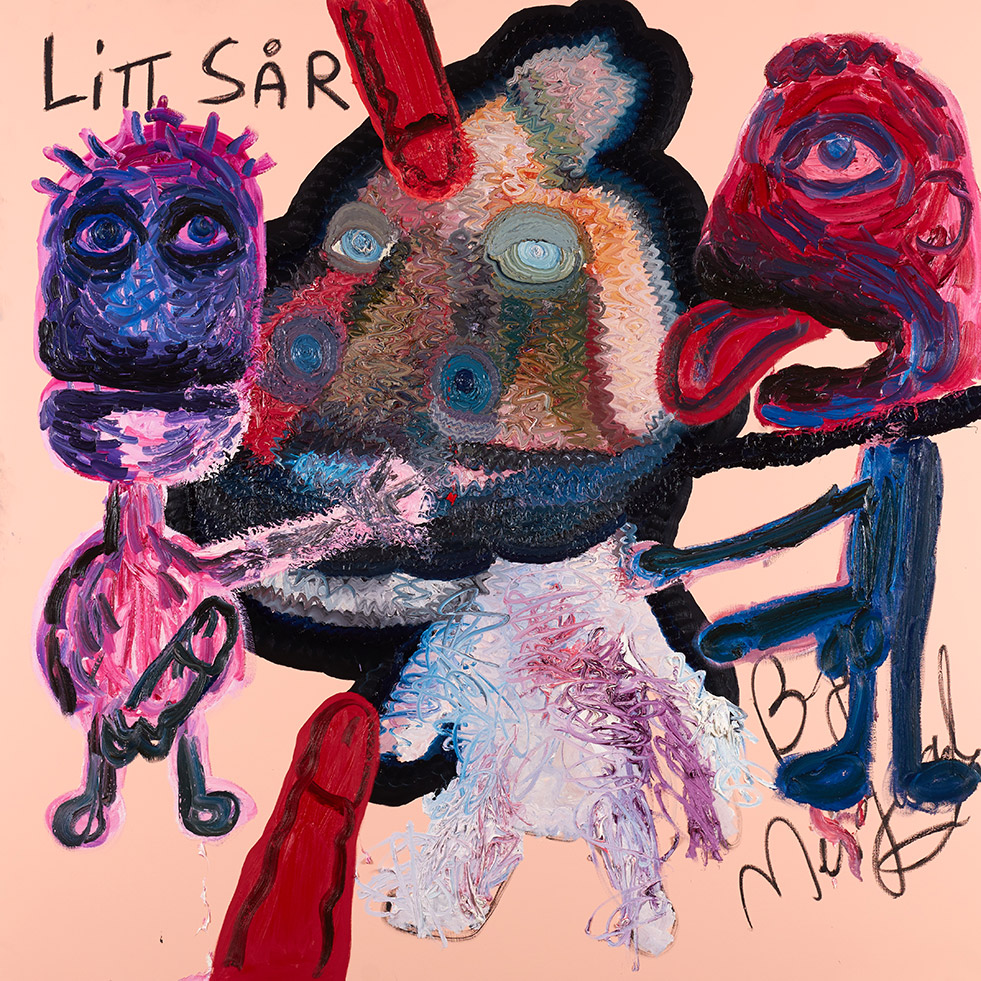
Untitled, 2017-18
The paintings went with him. He finished them in another time zone, six months later, layering paint upon paint; writing upon figure; meaning upon meaning. The result is weirdly, wonderfully Melgaard. Think penises erupting from foreheads, giant purple crying eyes, stick figures engaging in fellatio orgies, rendered in two stylistically different (yet both uncompromisingly ‘Melgaard’) hands.
The strangeness doesn’t stop there – for more, look to Ropac’s Instagram. In an innovative digital project pioneered by the gallery’s senior global director Julia Peyton-Jones – called ‘Life Killed my Chihuahua’ – Melgaard has taken over the gallery’s Instagram account for the duration of the exhibition. The feed promises to grant us a unique insight into Melgaard’s artistic practice and the loneliness of being an artist, chronicling Oslo’s contemporary counterculture. Prominent creatives from the city’s thriving underground scene will be showcased, including Admir Batlak, Victoria Duffee, and Silicone Works.
The two sections of the exhibition (though separated by the virtual and physical realms) are connected by their ‘approach to time’, says Melgaard. ‘The Instagram takeover is a little like a time capsule, documenting art. The paintings work similarly. They incorporate of a change in stylistic approach that embodies both the effects and results of time passing.’
Some of the works feel joyful, others oppressive. All of them are a unique documentation of the artist’s highly original creative process, and we look forward to seeing how the world of Instagram reacts.
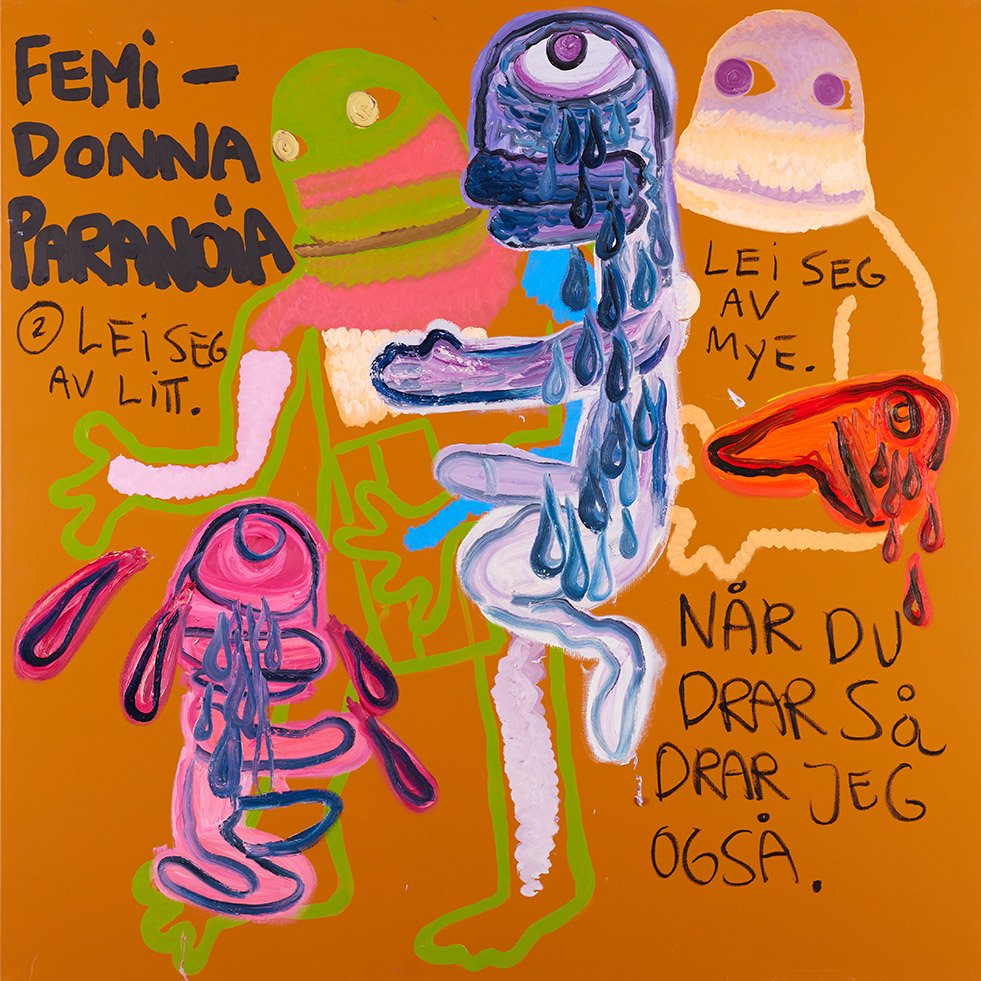
Untitled, 2017-18
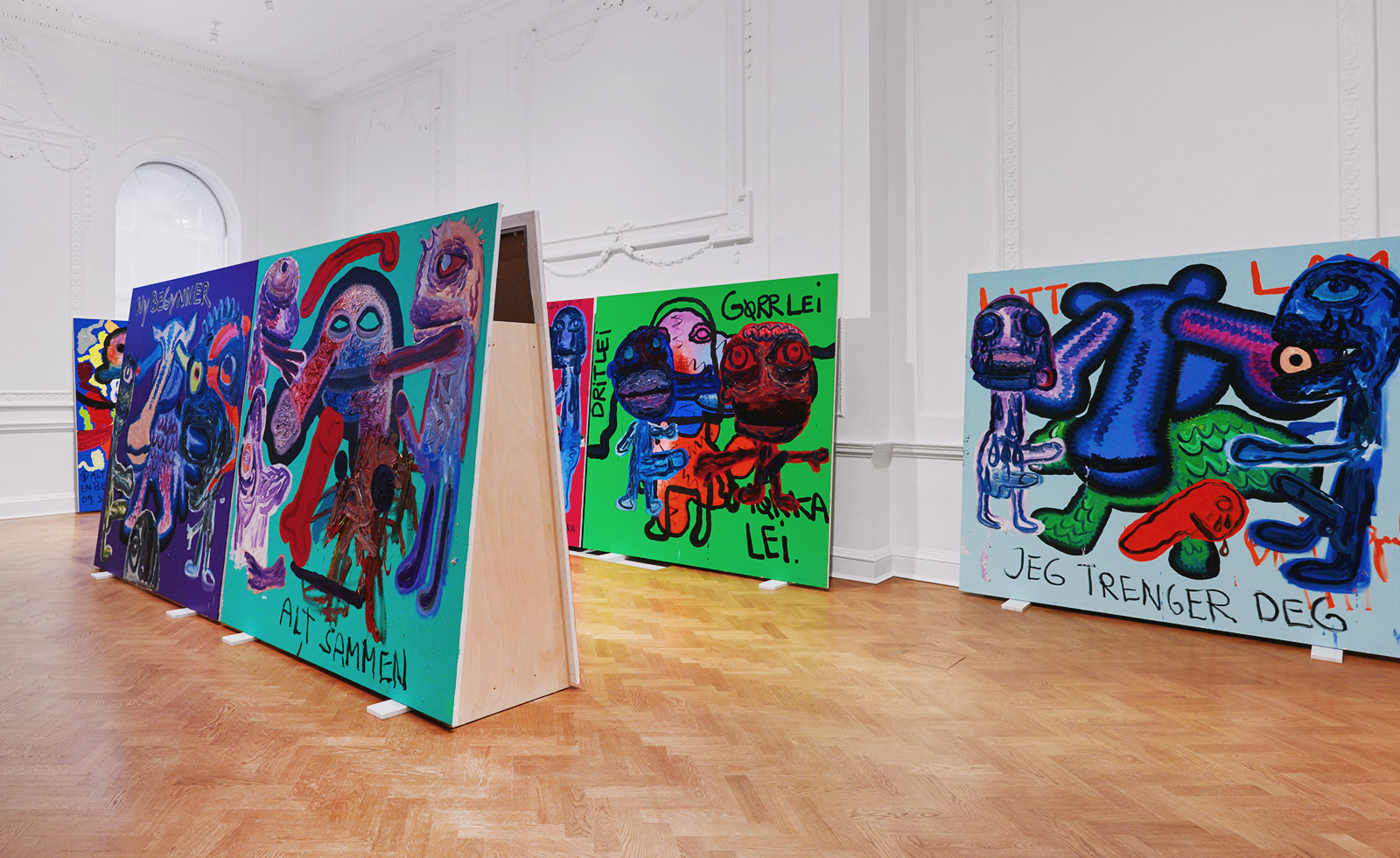
Installation view of Bjarne Melgaard’s ‘Bodyparty (Substance Paintings)’ at Galerie Thaddaeus Ropac, London
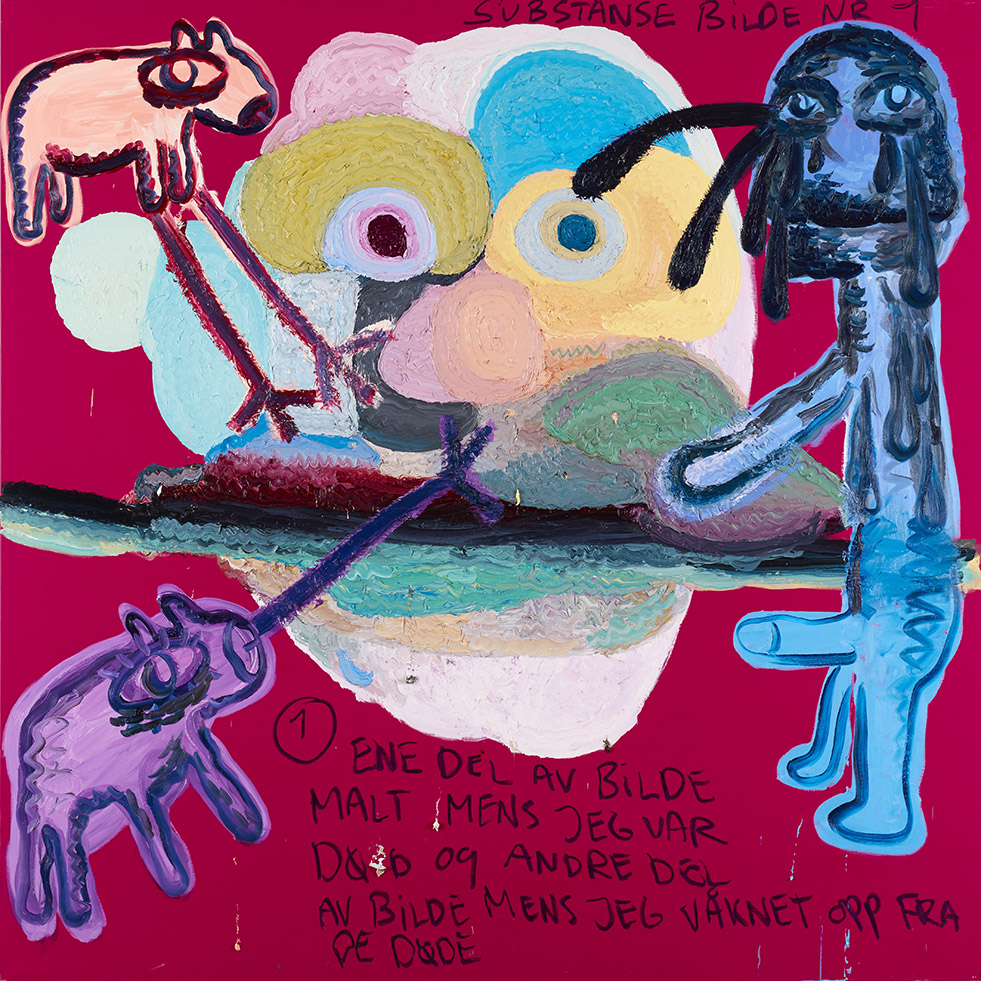
Untitled, 2017-18, by Bjarne Melgaard. Courtesy of Galerie Thaddaeus Ropac
INFORMATION
‘Bodyparty (Substance Paintings)’ and ‘Life Killed my Chiwawa’ continue until 31 March. For more information, visit the Galerie Thaddaeus Ropac website
ADDRESS
Galerie Thaddaeus Ropac
Ely House
37 Dover Street
London W1S 4NJ
Receive our daily digest of inspiration, escapism and design stories from around the world direct to your inbox.
Elly Parsons is the Digital Editor of Wallpaper*, where she oversees Wallpaper.com and its social platforms. She has been with the brand since 2015 in various roles, spending time as digital writer – specialising in art, technology and contemporary culture – and as deputy digital editor. She was shortlisted for a PPA Award in 2017, has written extensively for many publications, and has contributed to three books. She is a guest lecturer in digital journalism at Goldsmiths University, London, where she also holds a masters degree in creative writing. Now, her main areas of expertise include content strategy, audience engagement, and social media.
-
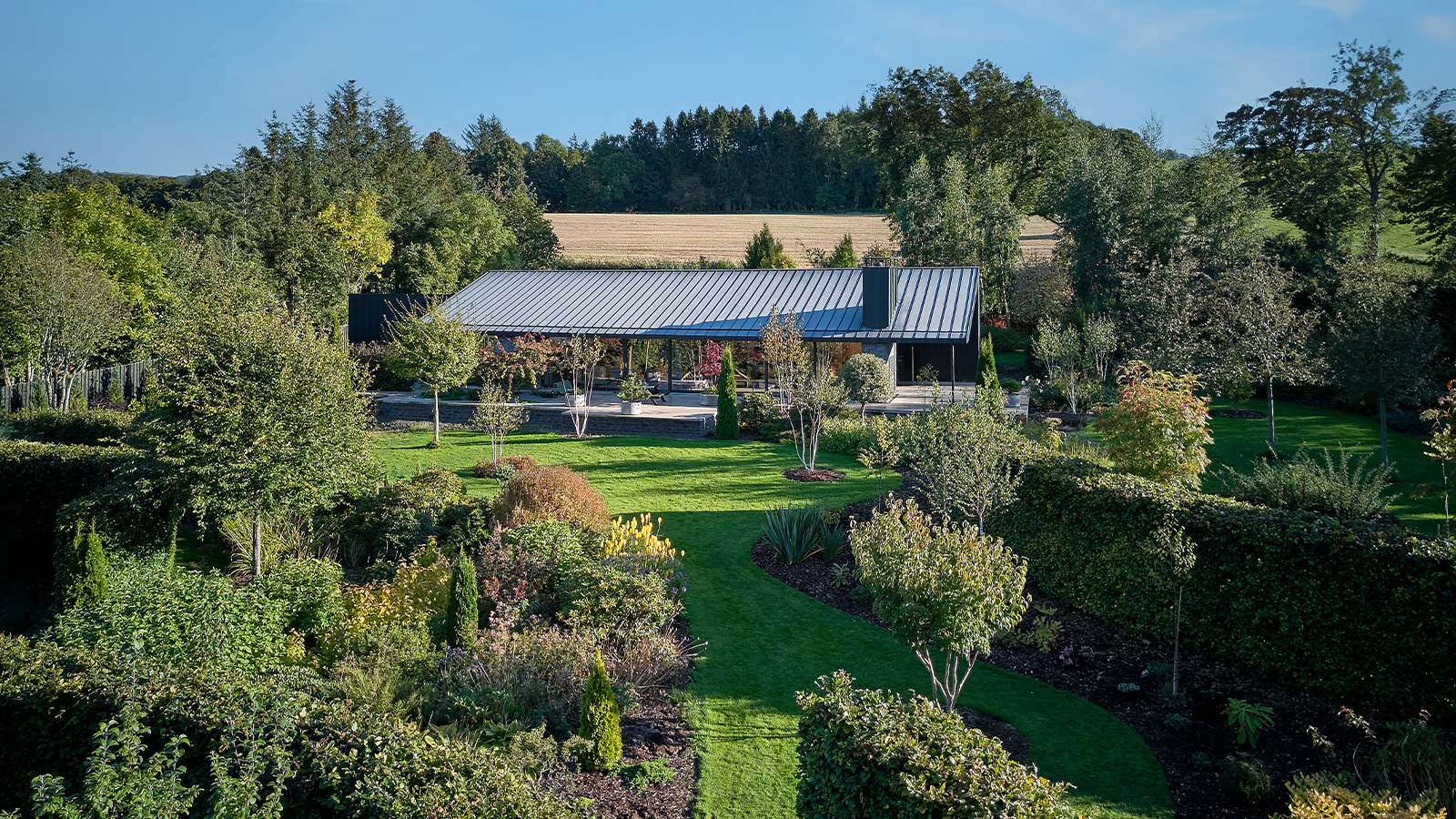 A compact Scottish home is a 'sunny place,' nestled into its thriving orchard setting
A compact Scottish home is a 'sunny place,' nestled into its thriving orchard settingGrianan (Gaelic for 'sunny place') is a single-storey Scottish home by Cameron Webster Architects set in rural Stirlingshire
-
 7 colours that will define 2026, from rich gold to glacier blue
7 colours that will define 2026, from rich gold to glacier blueThese moody hues, versatile neutrals and vivid shades will shape the new year, according to trend forecasters
-
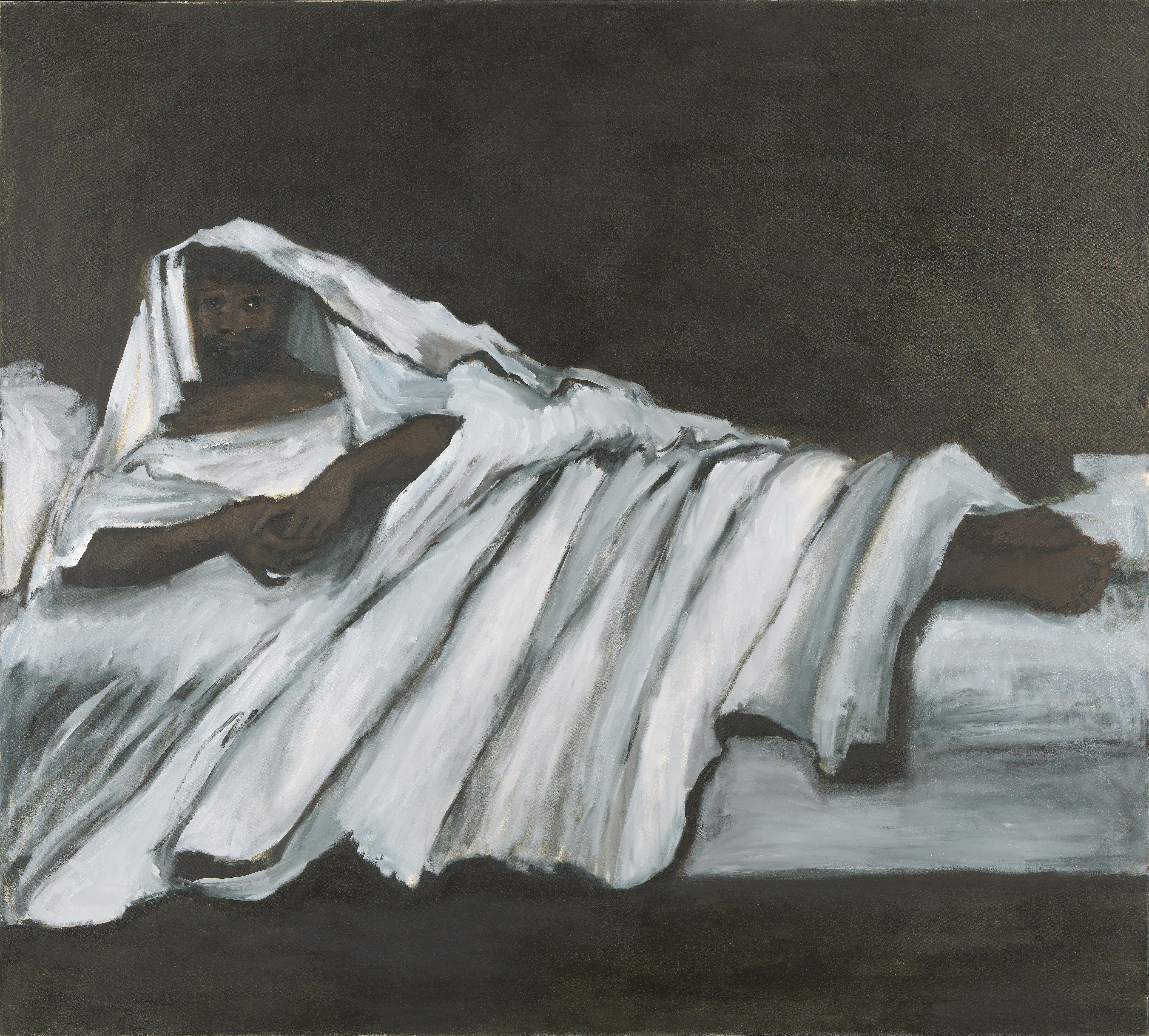 In Norway, discover 1000 years of Queer expression in Islamic Art
In Norway, discover 1000 years of Queer expression in Islamic Art'Deviant Ornaments' at the National Museum of Norway examines the far-reaching history of Queer art
-
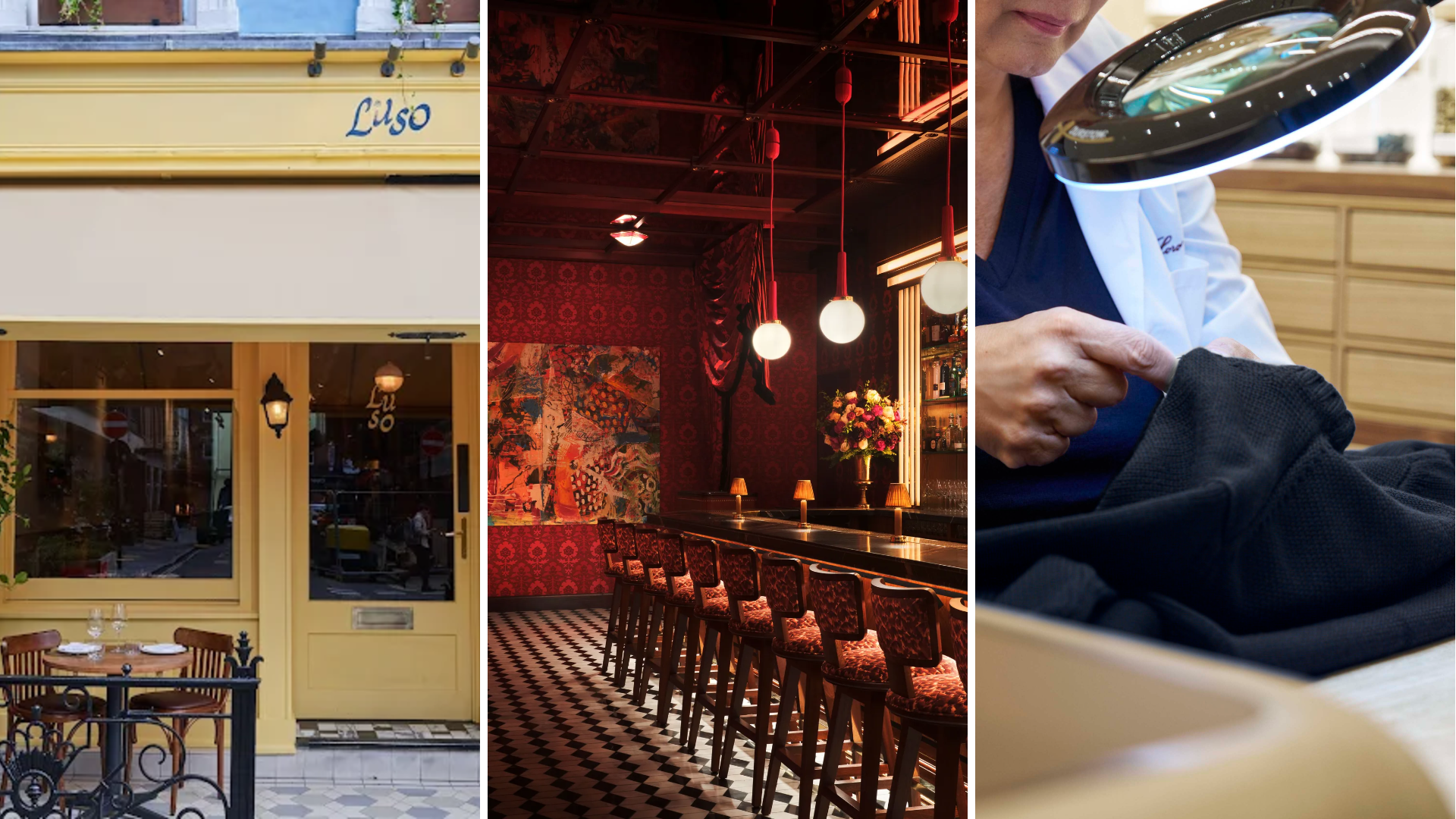 Out of office: The Wallpaper* editors’ picks of the week
Out of office: The Wallpaper* editors’ picks of the week'Tis the season for eating and drinking, and the Wallpaper* team embraced it wholeheartedly this week. Elsewhere: the best spot in Milan for clothing repairs and outdoor swimming in December
-
 Out of office: The Wallpaper* editors’ picks of the week
Out of office: The Wallpaper* editors’ picks of the weekFar from slowing down for the festive season, the Wallpaper* team is in full swing, hopping from events to openings this week. Sometimes work can feel like play – and we also had time for some festive cocktails and cinematic releases
-
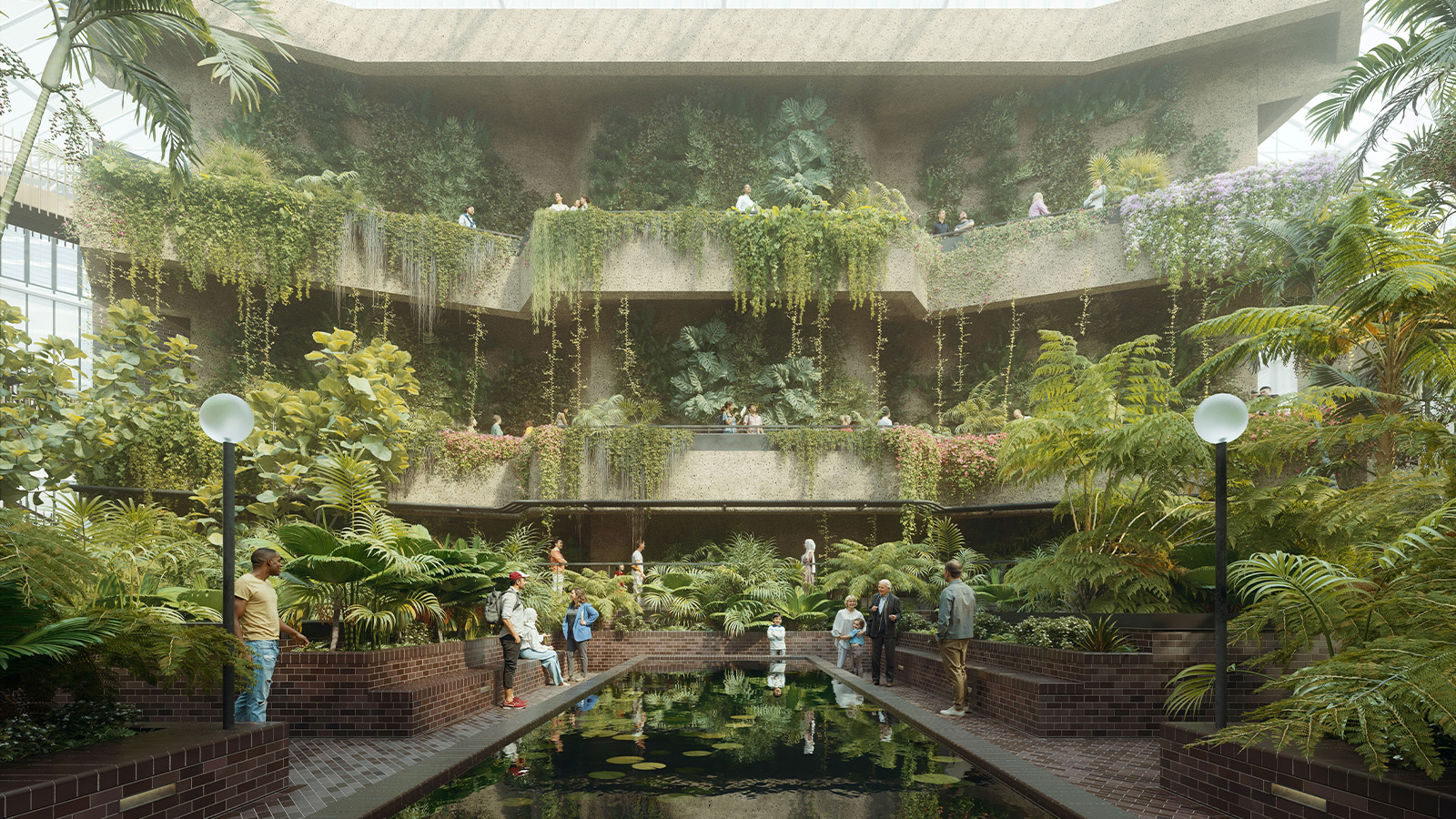 The Barbican is undergoing a huge revamp. Here’s what we know
The Barbican is undergoing a huge revamp. Here’s what we knowThe Barbican Centre is set to close in June 2028 for a year as part of a huge restoration plan to future-proof the brutalist Grade II-listed site
-
 Out of office: The Wallpaper* editors’ picks of the week
Out of office: The Wallpaper* editors’ picks of the weekIt’s wet, windy and wintry and, this week, the Wallpaper* team craved moments of escape. We found it in memories of the Mediterranean, flavours of Mexico, and immersions in the worlds of music and art
-
 Each mundane object tells a story at Pace’s tribute to the everyday
Each mundane object tells a story at Pace’s tribute to the everydayIn a group exhibition, ‘Monument to the Unimportant’, artists give the seemingly insignificant – from discarded clothes to weeds in cracks – a longer look
-
 Out of office: The Wallpaper* editors’ picks of the week
Out of office: The Wallpaper* editors’ picks of the weekThis week, the Wallpaper* team had its finger on the pulse of architecture, interiors and fashion – while also scooping the latest on the Radiohead reunion and London’s buzziest pizza
-
 Out of office: The Wallpaper* editors’ picks of the week
Out of office: The Wallpaper* editors’ picks of the weekIt’s been a week of escapism: daydreams of Ghana sparked by lively local projects, glimpses of Tokyo on nostalgic film rolls, and a charming foray into the heart of Christmas as the festive season kicks off in earnest
-
 Wes Anderson at the Design Museum celebrates an obsessive attention to detail
Wes Anderson at the Design Museum celebrates an obsessive attention to detail‘Wes Anderson: The Archives’ pays tribute to the American film director’s career – expect props and puppets aplenty in this comprehensive London retrospective